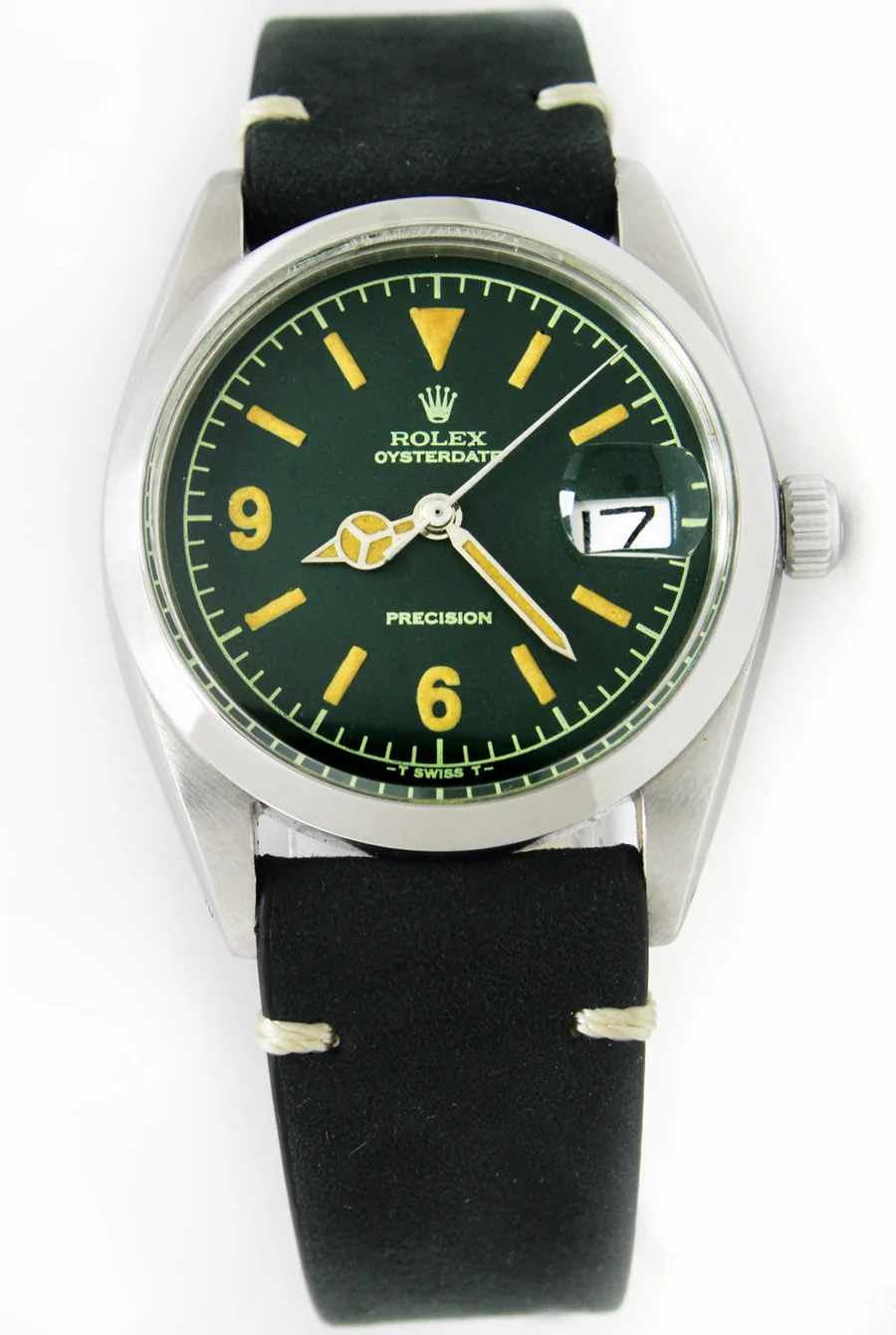
When it comes to the world of vintage timepieces, few models resonate with collectors and enthusiasts quite like the Rolex Oysterdate and the Omega Dynamic. These two watches, though distinct in design and legacy, represent the height of horological innovation from two of the most iconic Swiss watchmakers. Whether you are a seasoned collector or just stepping into the realm of mechanical watches, these models offer rich history, enduring style, and unmatched craftsmanship.
A Legacy of Precision: The Rolex Oysterdate
The Rolex Oysterdate is a testament to Rolex’s commitment to precision and timeless elegance. Introduced in the mid-20th century, this model was one of the first to incorporate the brand’s patented Oyster case—a breakthrough in waterproof technology. Designed with a classic aesthetic, the Oysterdate features a clean dial layout, often adorned with a date window at the 3 o’clock position and the iconic Cyclops lens that magnifies the date for easier readability.
Mid-century watch enthusiasts appreciate the Rolex Oysterdate not just for its technical prowess but also for its understated luxury. Unlike its more flamboyant cousins in the Rolex family, the Oysterdate projects a quiet confidence. It’s often chosen by professionals who seek a watch that blends seamlessly into both business and casual settings while still making a sophisticated statement. The hand-wound movement, known for its reliability, adds an element of traditional watchmaking that collectors deeply value.
Design Meets Function: The Omega Dynamic
While Rolex focused on refinement and continuity, Omega Dynamic took a bold step into modern design during the 1960s and 70s. This model broke away from conventional round case structures and introduced a striking elliptical case that comfortably contours to the wrist. The watch's visual appeal was matched with practical features like high-contrast dials and luminous hands, aimed at maximizing legibility.
The Omega Dynamic was designed with ergonomics in mind, taking cues from the anatomy of the wrist to ensure superior comfort. Mid in the market between fashion-forward timepieces and utility-driven watches, the Dynamic series brought an entirely fresh look to the Omega catalog. Available in both automatic and manual wind versions, the Dynamic is often admired for its playful use of color and typography—a true representation of 70s design ethos.
Comparing Two Icons: Which Speaks to You?
The beauty of the Rolex Oysterdate and the Omega Dynamic lies in their contrast. Where the Oysterdate is about classic lines, conservative color palettes, and subtle elegance, the Dynamic is expressive, modern for its time, and unapologetically bold. One speaks to tradition; the other to innovation.
Collectors often find themselves drawn to one or the other depending on personal style and the kind of statement they wish to make. The Rolex Oysterdate appeals to those who value history, legacy, and the refinement of the Swiss watchmaking tradition. The Omega Dynamic, on the other hand, speaks to the adventurer—those who value individuality and avant-garde design.
Value and Longevity in the Collector’s Market
Both watches have seen a steady rise in appreciation over the years. The Rolex Oysterdate, due to its Rolex branding and enduring demand, often commands higher prices and holds its value exceptionally well. The Omega Dynamic, while more accessible, is seeing a resurgence in interest, particularly among younger collectors looking for distinctive vintage pieces with personality.
Whether for investment or personal enjoyment, choosing either of these models means acquiring more than just a timepiece—it means owning a piece of horological art. As trends come and go, the core appeal of the Rolex Oysterdate and Omega Dynamic remains unchanged: style, substance, and storytelling.
For more info:-1. Facebook
2. Instagram


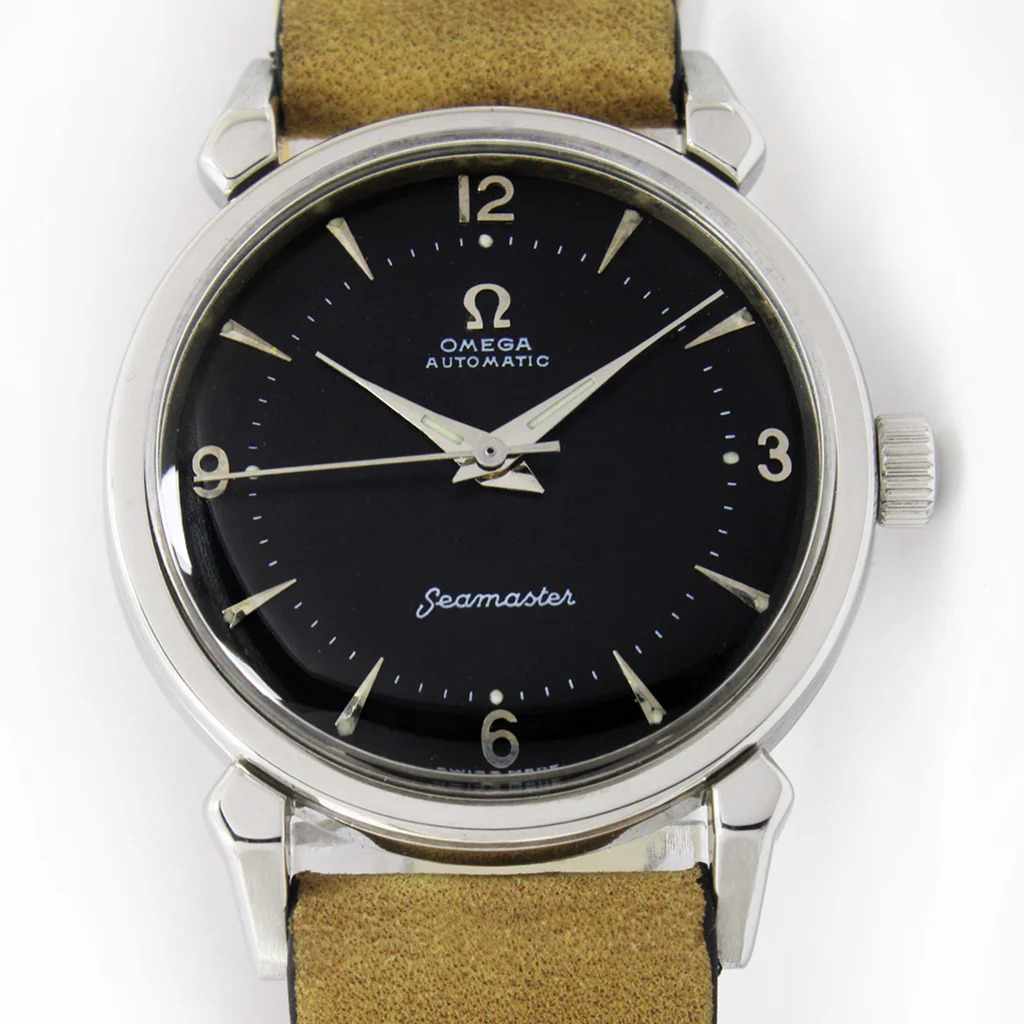
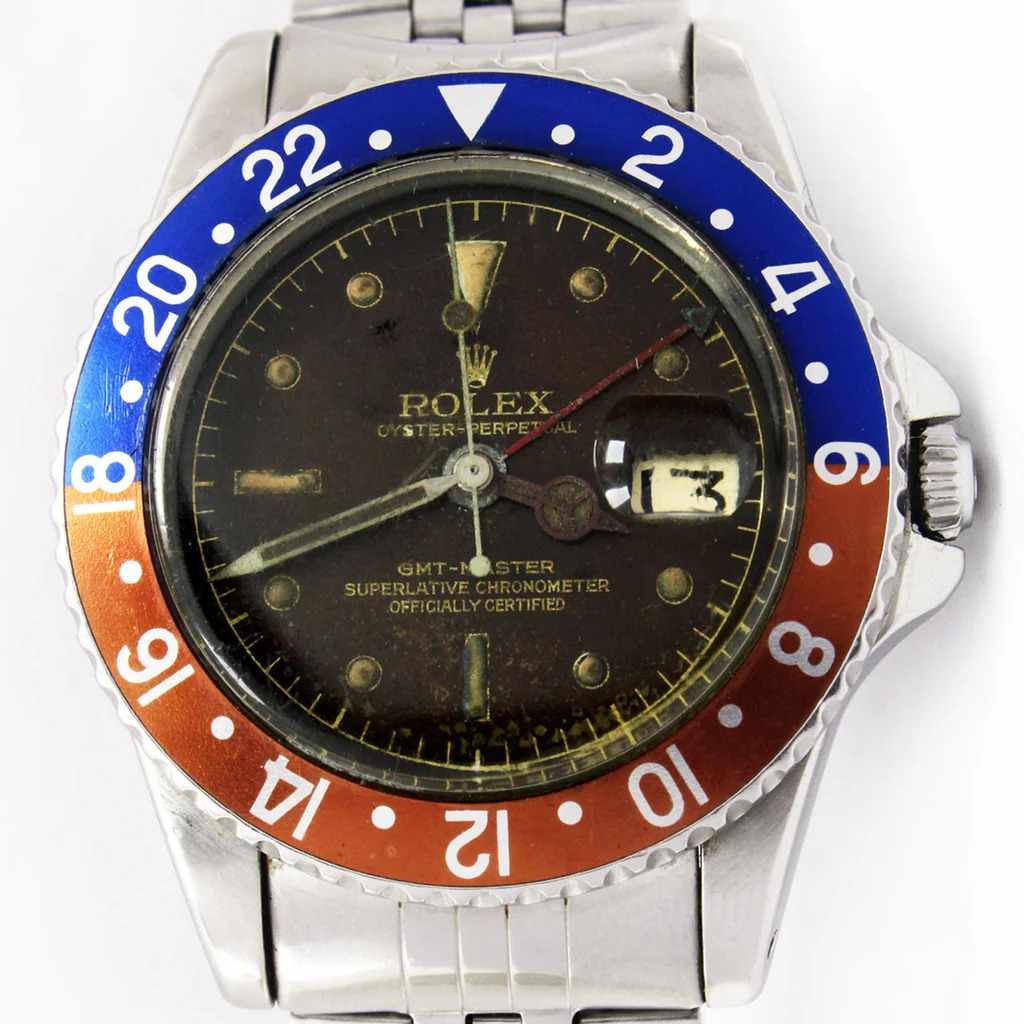
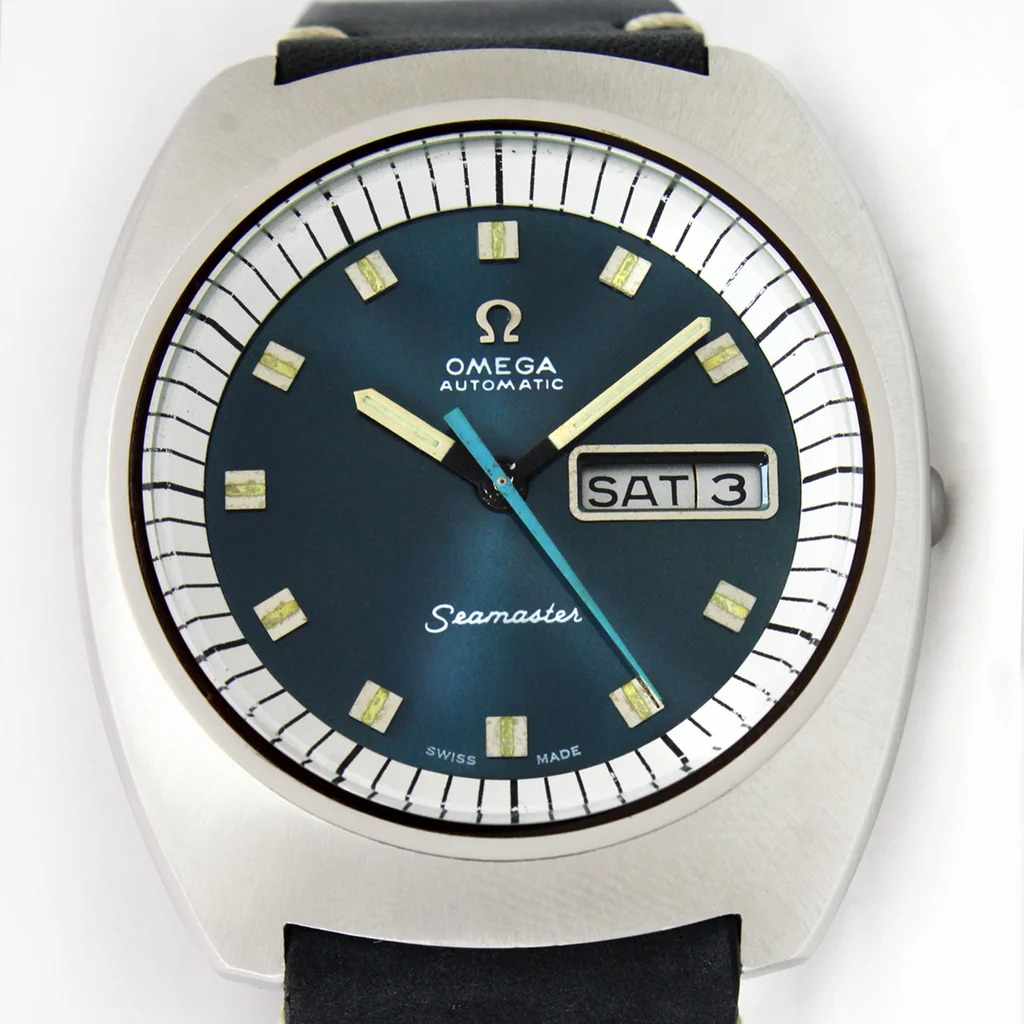
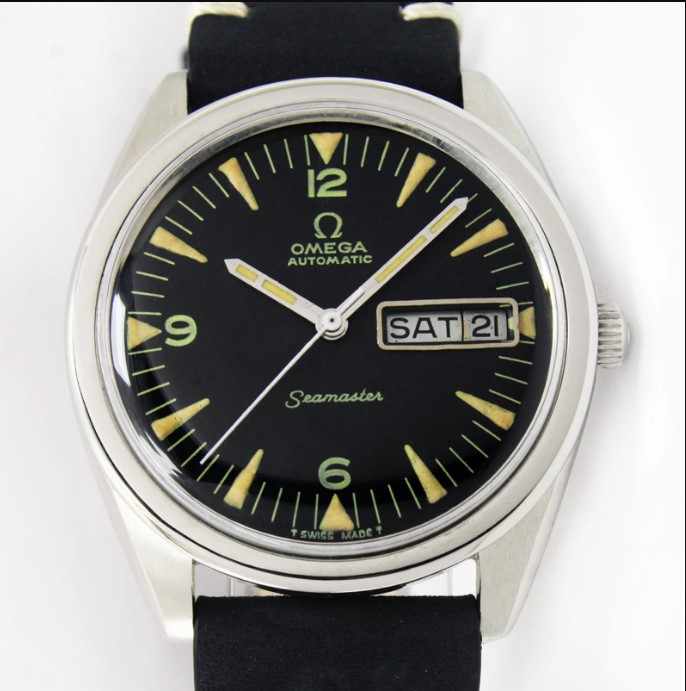
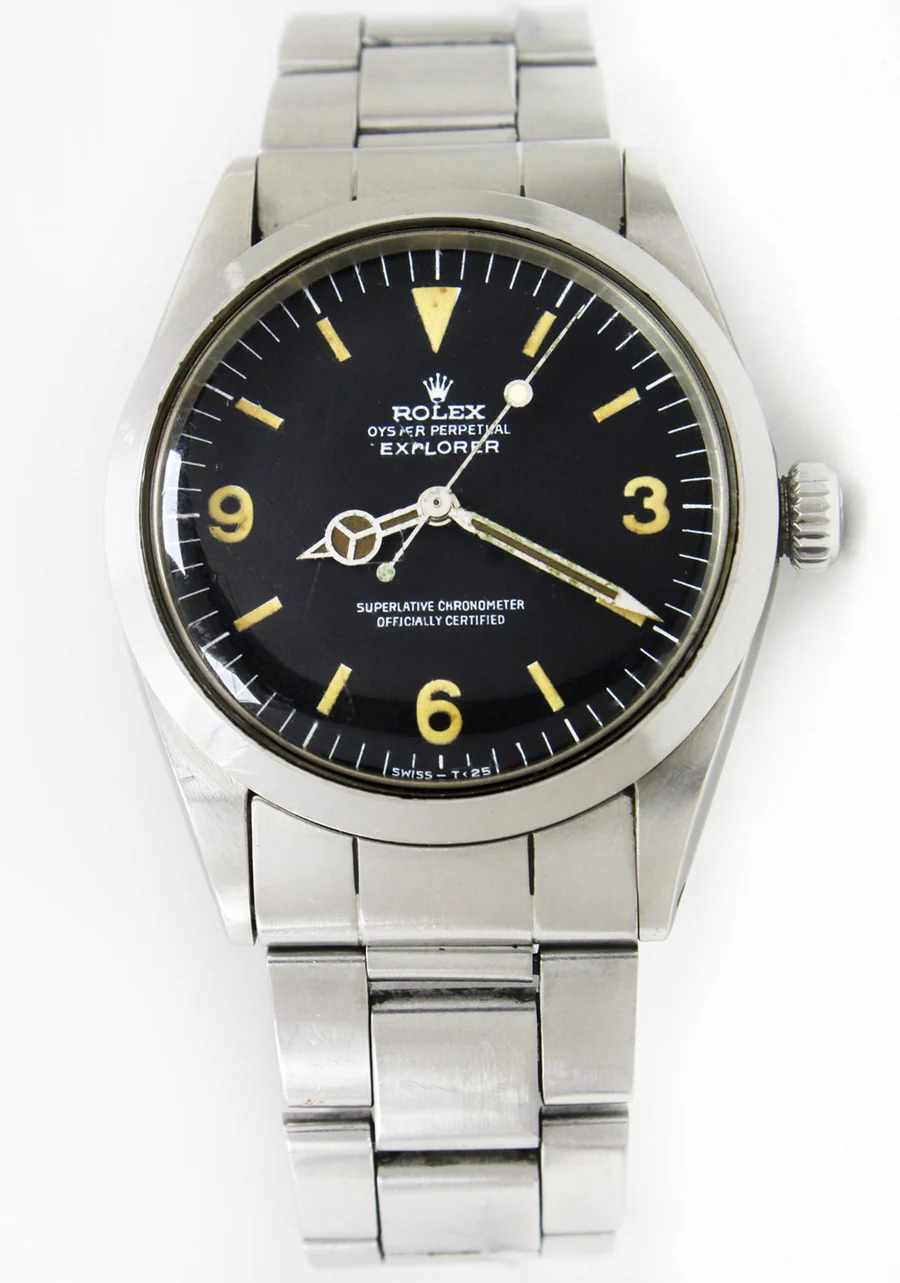
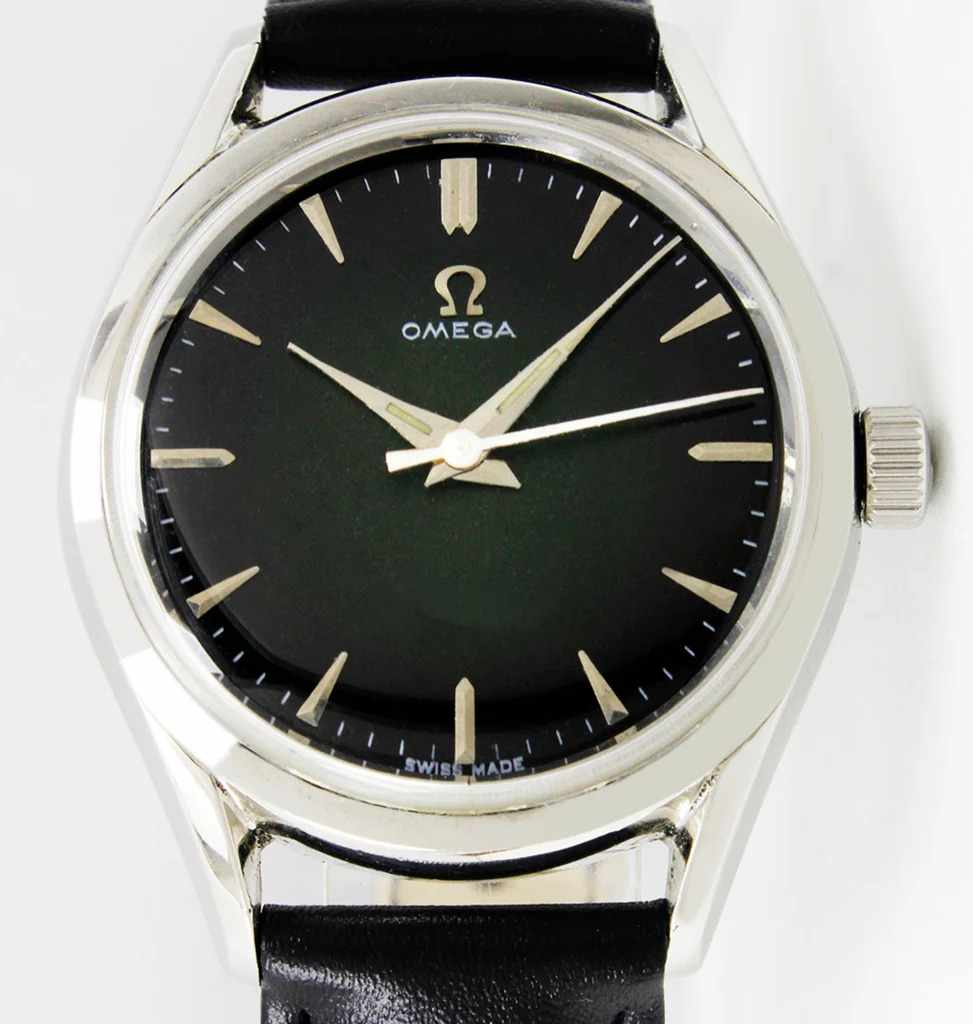
Write a comment ...